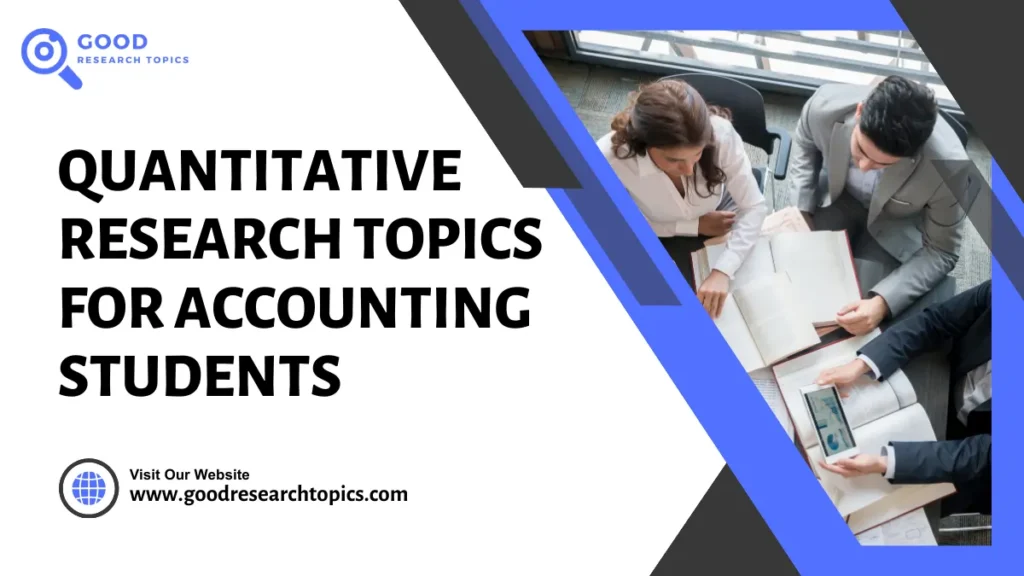Exploring the Intersection of Artificial Intelligence and Human Creativity
The intersection of artificial intelligence and human creativity is a fascinating topic that has been gaining attention in recent years. As AI technology advances, it's becoming increasingly clear that machines can be used to augment and support human creativity, rather than replace it. But what does this mean for the future of innovation? How can we harness the power of AI to unlock new levels of human creativity and drive progress in various fields?
Introduction to Artificial Intelligence and Human Creativity
Artificial intelligence is often seen as a threat to human creativity, with some people worrying that machines will eventually be able to create art, music, and literature that's indistinguishable from that created by humans. However, this perspective overlooks the fact that AI can be a powerful tool for human creatives, allowing them to focus on high-level ideas and concepts while automating more mundane tasks. As David Kelley, founder of IDEO, notes, "Creativity is not just about being different, it's about being better". By combining human creativity with AI, we can create something that's truly greater than the sum of its parts.

The Current State of AI and Creativity
Currently, AI is being used in a variety of creative fields, from music and art to writing and design. For example, AI-generated music is being used in film scores and advertising, while AI-powered tools are being used to assist human artists and writers. However, these applications are still in their early stages, and there's a lot of room for growth and development. As we move forward, it's likely that we'll see AI being used in even more creative fields, from fashion and architecture to cuisine and gaming.
Human-Centered AI
One of the key challenges in developing AI systems that can support human creativity is ensuring that they're human-centered. This means designing systems that prioritize human values, ethics, and well-being, rather than just focusing on technical performance. As Tim Berners-Lee, inventor of the World Wide Web, notes, "The most important thing about a technology is how it changes people". By putting humans at the center of AI development, we can create systems that are more intuitive, more user-friendly, and more supportive of human creativity.
Research Directions
So, what are some potential research directions for exploring the intersection of AI and human creativity? One area that's ripe for investigation is the development of AI systems that can learn from human creativity and adapt to new contexts. This could involve using machine learning algorithms to analyze human-created art, music, or literature, and then generating new content based on that analysis. Another area of research could focus on investigating the cognitive and neural mechanisms underlying human creativity, and how AI can be used to support or augment those processes.
For instance, researchers could explore the use of AI-powered tools to help humans overcome creative blocks or generate new ideas. This could involve using natural language processing or computer vision to analyze human behavior and provide personalized feedback or suggestions. Some potential research questions in this area might include: What are the key factors that contribute to human creativity, and how can AI be used to support or enhance those factors? How can AI be used to facilitate collaboration and communication between humans, and what are the potential benefits and challenges of such collaboration?
Case Studies and Examples
There are already some exciting examples of AI being used to support human creativity. For example, the AI-generated portrait "Edmond de Belamy" sold at Christie's auction house for $432,500 in 2018, sparking a heated debate about the role of AI in art. Similarly, the AI-powered writing tool "WordLift" is being used by writers and journalists to generate new content and ideas. These examples demonstrate the potential of AI to support and augment human creativity, and highlight the need for further research and development in this area.
Some other examples of AI being used in creative fields include the use of AI-generated music in film scores and advertising, as well as the development of AI-powered tools for assisting human artists and writers. For example, the AI-powered art tool "Prisma" uses neural networks to transform photos into works of art in the style of famous artists such as Van Gogh and Picasso. These tools are not only changing the way we create art, music, and literature, but also raising important questions about authorship, ownership, and the role of human creativity in the age of AI.
The Role of AI in Creative Industries
The role of AI in creative industries is a complex and multifaceted one. On the one hand, AI has the potential to automate many routine and repetitive tasks, freeing up human creatives to focus on higher-level ideas and concepts. On the other hand, AI also has the potential to disrupt traditional business models and challenge existing notions of authorship and ownership. As Kevin Kelly, founder of Wired magazine, notes, "The best way to predict the future is to invent it". By embracing AI and exploring its potential applications in creative industries, we can create new opportunities for innovation and growth.
For example, AI can be used to analyze large datasets and identify patterns or trends that might not be apparent to human creatives. This can be particularly useful in fields such as music or art, where AI can be used to generate new ideas or suggest novel combinations of existing elements. Additionally, AI can be used to facilitate collaboration and communication between humans, allowing creatives to work together more effectively and efficiently.
The Future of Innovation
So, what does the future hold for the intersection of AI and human creativity? As AI technology continues to advance, we can expect to see even more exciting applications and innovations. One potential area of development is the use of AI to support human creativity in fields such as science and technology. For example, AI could be used to analyze large datasets and identify potential areas of research, or to generate new hypotheses and predictions.
Here are some potential benefits and challenges of using AI to support human creativity:
- AI can automate routine and repetitive tasks, freeing up human creatives to focus on higher-level ideas and concepts
- AI can analyze large datasets and identify patterns or trends that might not be apparent to human creatives
- AI can facilitate collaboration and communication between humans, allowing creatives to work together more effectively and efficiently
- AI can generate new ideas and suggestions, potentially leading to novel combinations of existing elements
- AI can disrupt traditional business models and challenge existing notions of authorship and ownership
- AI can raise important questions about the role of human creativity in the age of AI, and the potential risks and challenges of relying too heavily on machines.
Unconventional Connections to Creative Expression
The intersection of artificial intelligence and human creativity can lead to some fascinating and unexpected connections. As we explore the potential of AI to augment and support human creativity, we may find ourselves drawn to other areas where human ingenuity and technology intersect. For instance, the thrill of uncertainty and the rush of adrenaline that comes with exploring new ideas can be similar to the excitement of discovering a new favorite game, where you can try your luck and test your skills, perhaps by visiting SixSixSix slot online demo (Hacksaw Gaming) to experience the thrill of the unknown. This blend of human intuition and technological innovation can be a powerful catalyst for creative expression, and it's an area that's definitely worth exploring further, as it can help us unlock new levels of innovation and progress in various fields, from art and music to science and technology.
Conclusion
In conclusion, the intersection of artificial intelligence and human creativity is a rich and fascinating topic that holds great promise for future innovation. By exploring the potential applications and implications of AI in creative fields, we can unlock new levels of human creativity and drive progress in various areas. As we move forward, it's essential to prioritize human-centered AI development, ensuring that machines are designed to support and augment human creativity, rather than replace it. With the right approach, we can create a future where AI and human creativity work together in harmony, leading to new and exciting possibilities for art, music, literature, and beyond.


